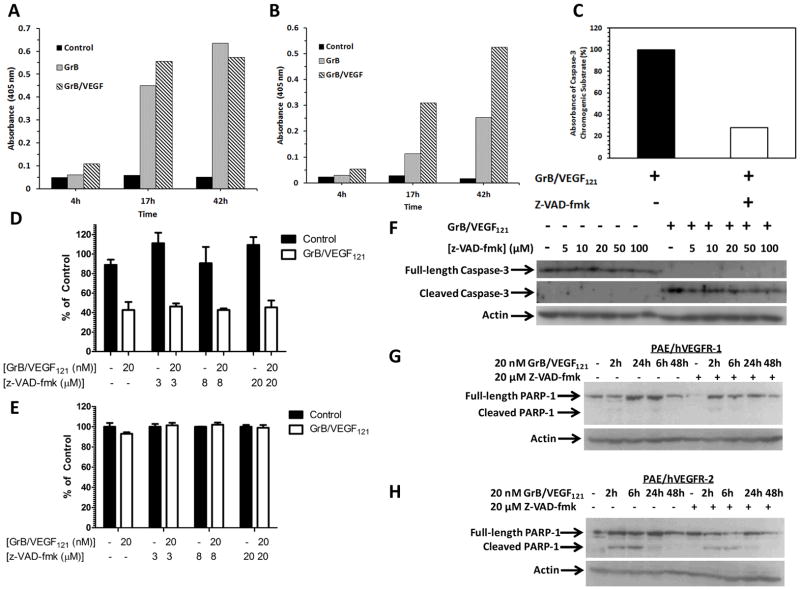Figure 4. PARP-1 cleavage by GrB/VEGF121 is caspase-dependent and –independent.
(A–B) GrB/VEGF121 activates caspase-3 (4A) and -9 (4B) in whole cell lysates. Chromogenic substrates for caspase-3 and caspase-9 were incubated in PAE/KDR whole cell lysates with or without GrB or GrB/VEGF121. Activation of the caspases was indicated by an increase in absorbance of the cleaved substrate. (C) Pre-incubation of PAE/VEGFR-2 cells with z-VAD-fmk (20 or 100 μM) for 1 h prior to GrB/VEGF121 treatment for 2 h significantly blocked caspase-3 activation. (D–E) GrB/VEGF121-mediated cytotoxicity on PAE/VEGFR-2 and PAE/VEGFR-1 cells over 72 h is unchanged despite co-incubation with various concentrations of z-VAD-fmk. (F) Granzyme B internalization results in caspase-3 cleavage in vitro. PAE/VEGFR-2 cells were pre-treated with up to 100 μM z-VAD-fmk prior to addition of 20 nM GrB/VEGF121 for one hour. GrB/VEGF121-mediated cleavage of caspase-3 cleavage occurred in the presence of up to 100 μM z-VAD-fmk. (G–H) Caspase-independent PARP cleavage. PAE/VEGFR-2 and PAE/VEGFR-1 cells were treated with up to 48 with 20 nM GrB/VEGF121 in the presence or absence of 20 μM z-VAD-fmk. PARP cleavage was observed in PAE/VEGFR-2, but not PAE/VEGFR-1, cells.

